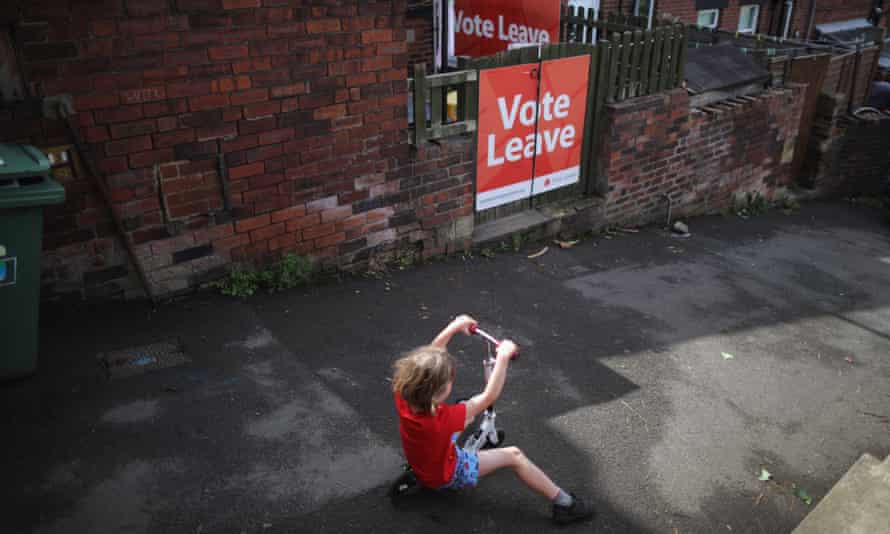The main assumptions of a free market are as follows:
Perfect Competition: The assumption of perfect competition implies that there are a large number of buyers and sellers in the market, with no single entity having control over prices or market conditions. All market participants are price takers, meaning they have no influence on the market price and must accept it as given.
Rational Behavior: The assumption of rational behavior suggests that consumers and producers act in their self-interest and make rational decisions based on maximizing their utility or profits. They have access to complete and accurate information and aim to optimize their outcomes given the available choices.
Absence of Market Imperfections: Free markets assume the absence of external factors that may distort market outcomes. There are no barriers to entry or exit, no transaction costs, and no market failures such as externalities or public goods.
Property Rights and Rule of Law: The assumption of well-defined and enforceable property rights ensures that individuals have the right to own, use, and transfer property and assets. The rule of law ensures that contracts are enforced, fraud is punished, and disputes are resolved impartially.
In a free market, the allocation of resources is determined through the interaction of supply and demand. The price mechanism plays a central role in coordinating the decisions of buyers and sellers. Here's how the market allocates resources:
Price Signals: Prices act as signals that reflect the relative scarcity or abundance of goods and services. When demand for a particular good or service increases, its price rises, signaling that resources should be reallocated towards its production. Conversely, when demand decreases, prices fall, signaling a reduction in resources allocated to that product.
Profit and Loss: In a free market, producers are motivated by profit. If a good or service is in high demand and prices are high, producers have an incentive to allocate more resources towards its production to earn higher profits. Conversely, if a good or service is in low demand and prices are low, producers may reallocate resources to more profitable areas or exit the market, leading to a reduction in supply.
Consumer Preferences: Consumer demand and willingness to pay for goods and services influence resource allocation. As consumers express their preferences through purchasing decisions, producers respond by producing the goods and services that are in demand, adjusting production levels, and innovating to meet consumer needs.
Efficient Allocation: The free market is assumed to allocate resources efficiently by directing them to the most valued uses. Through the price mechanism and competition, resources are allocated based on consumer preferences and production costs, maximizing societal welfare and economic efficiency.
It's important to note that while free markets can be effective in allocating resources and promoting efficiency, they may also have limitations and require appropriate regulations and interventions to address market failures, promote fairness, and protect public interest. The assumptions of a free market provide a theoretical framework, and in reality, markets may deviate from these assumptions due to various factors and imperfections.
